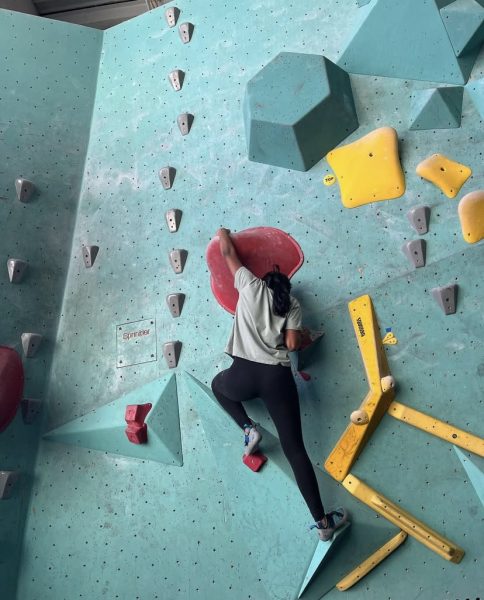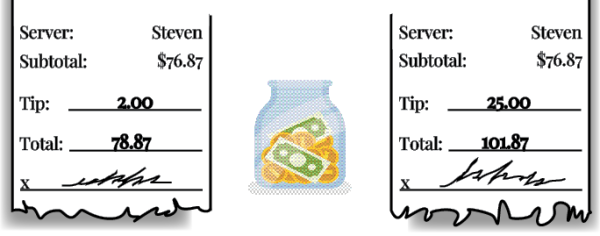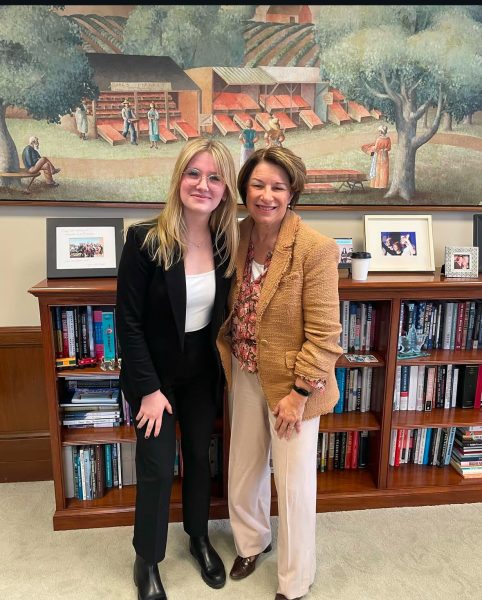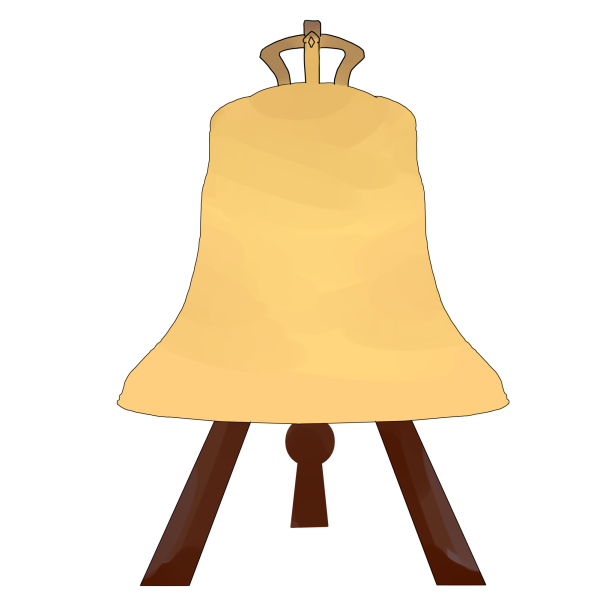Students and players weigh in on the kneeling issue
Players take the field on homecoming.
October 5, 2017
Most of the time, the president’s involvement with the NFL is limited to hosting a visit to the White House for the Super Bowl champions. However, in some cases, the president gets a bit more involved. According to ESPN, Richard Nixon went as far as to personally suggest plays to Washington Redskins coach George Allen. However, President Trump recently embedded himself into NFL politics like no other president has done before.
During a rally on Sept. 22, in Huntsville, Alabama, Trump suggested that NFL owners should fire players who kneel during the national anthem, referring to those players as “sons of bitches.” The tradition of kneeling started when former quarterback Colin Kaepernick started kneeling during the national anthem at the start of the 2016 season as a protest against police brutality and racial inequality. This practice was then adopted by other NFL players.
In the wake of Trump’s speech, NFL Commissioner Roger Goodell issued a statement criticizing Trump’s comments as “divisive” and “demonstrating an unfortunate lack of respect” for the NFL and its players.
Players showcased their disapproval of Trump’s comments by banding together. Previously, fewer than 10 NFL players had knelt during the national anthem, reports Sports Illustrated. That number swelled to over 250 players on Sunday, Sept. 24, as all 14 NFL games saw some form of protest by players, whether it was by kneeling, linking arms or raising a fist. Three teams, the Tennessee Titans, Pittsburgh Steelers and Seattle Seahawks, simply stayed in their locker rooms for the duration of the anthem.
The culmination of the weekend’s protests came during the Monday Night Football game between the Dallas Cowboys and Arizona Cardinals. Before the anthem, Cowboys owner Jerry Jones knelt and joined arms with coaches and players as a statement of solidarity. After kneeling, the Cowboys then stood with locked arms for the national anthem. This action was intended to show support for NFL players without disrespecting the U.S. flag or national anthem.
Goodell conveyed pride at the NFL’s response and demonstrations of unity through an official NFL statement. Trump was not as impressed, tweeting Sept. 26 that the “only way out” for the NFL would be to “set a rule that you can’t kneel during the national anthem.” While a rule like this would not be unheard of (according to SBnation, the NBA and US Soccer both currently have rules prohibiting kneeling during the anthem), the unity and resistance displayed by both NFL players and officials casts doubt on whether this rule could be implemented in the league.
Students hold strong viewpoints about Trump’s comments on the kneelers. “I think it’s uncalled for, not something he needs to be focusing on,” said Michael Simms, 12. “He should be trying to work with people to see what the issues are rather than trying to telling them to stand for the national anthem.”
Students are equally divided on the issue itself. “Although they have the right to protest the national anthem, it is disrespectful to the military, and the people protesting are making more money than most of the people in the U.S.,” said Alek Sundberg, 12. “If they are so successful in the U.S., they shouldn’t be protesting the ideals the national anthem stands for.”
Other students argue that the protests are warranted. “I think it’s completely justified to kneel. The players are protesting a legitimate issue of racism,” said Aryan Sehgal, 10. “They are not disrespecting America; they are trying to improve America, and that is truly patriotic.”
Mounds View players and coaches have different opinions on the issue, as does everyone else, but many believe players at all levels have the right to kneel. “They’re not kneeling to disrespect the troops, they are kneeling to protest Trump and all the injustice that black people have faced,” said Sam Mesfin, 12.
As for team policy, Head Coach Aaron Moberg has made it clear. “I’ve told my guys. It’s your right to stand up for what you believe in, and that’s part of what makes our country special.”
Despite what many fans may have thought, both teams staying in the locker room Friday was not a demonstration. According to Moberg, the incident was due to an error made by the PA announcer and not as a statement.
Players echoed this sentiment. “I think it’s their right, and it’s the best way for them to get their point across, because it’s something that everyone will pay attention to,” said Captain Wyatt Roe, 12, “I don’t think I would kneel, though, and I don’t know if I would kneel if other people on the team kneeled.”
Not wanting to start kneeling alone seems to be a common sentiment on the team, as no player has knelt so far. “Don’t get me wrong, I do believe they should kneel, but one player on a 70-person team kneeling on a field where no one’s going to see you. You’re not making a point,” said Mesfin. “If it was something where our whole team did it, then I’d be all for it.”



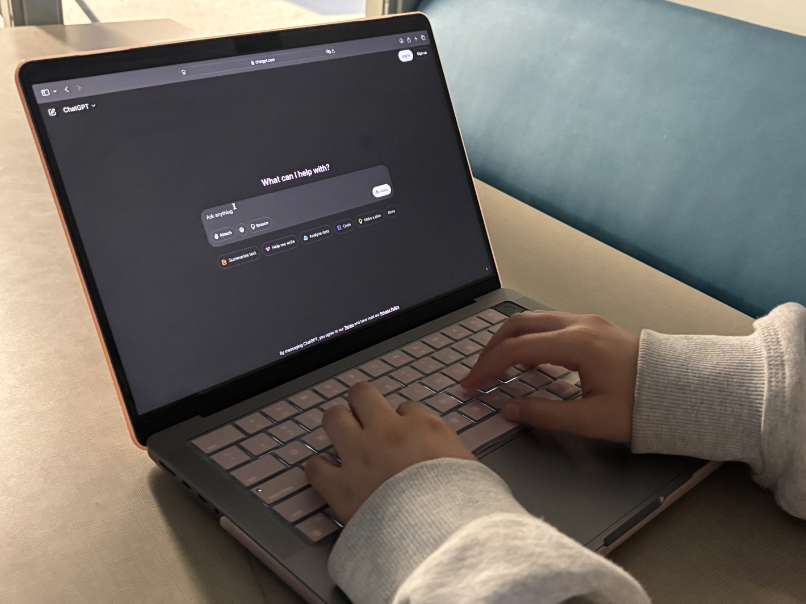
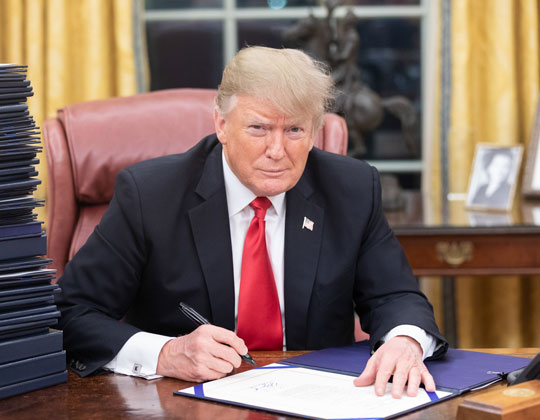
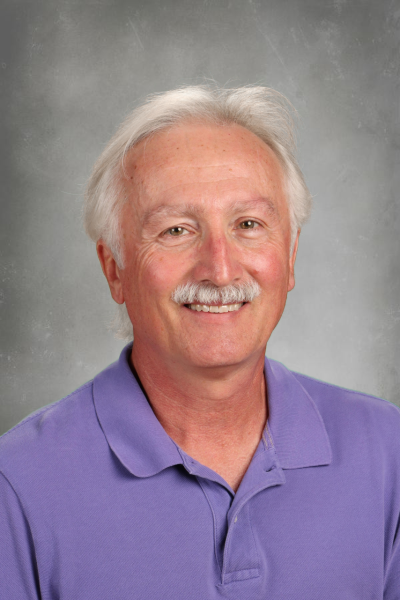
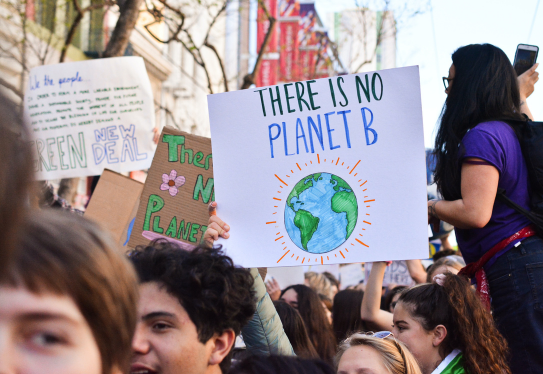

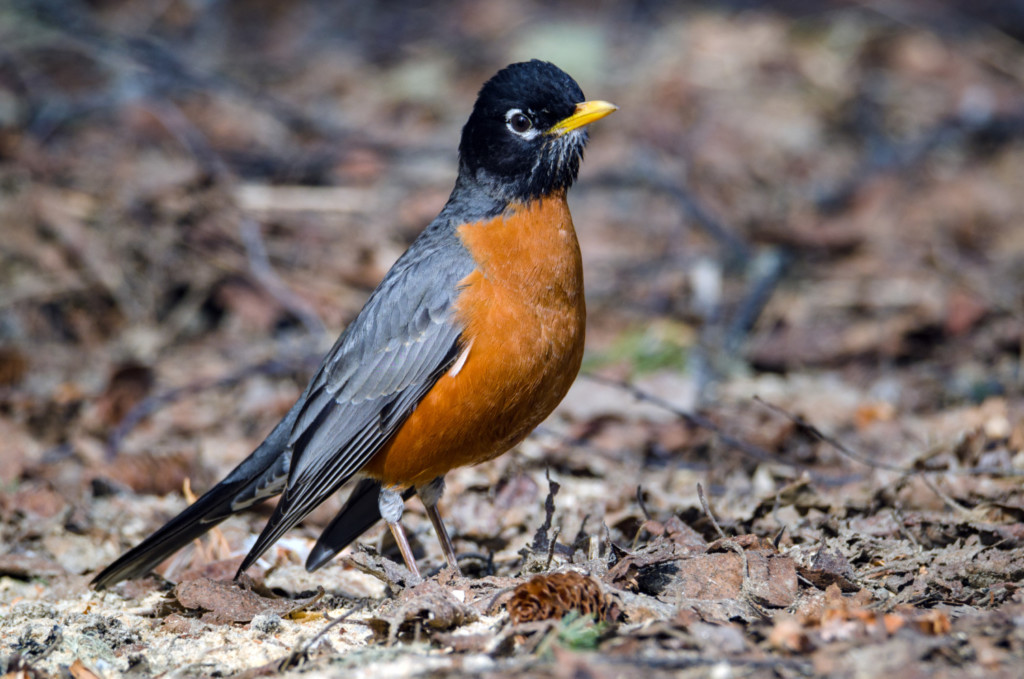

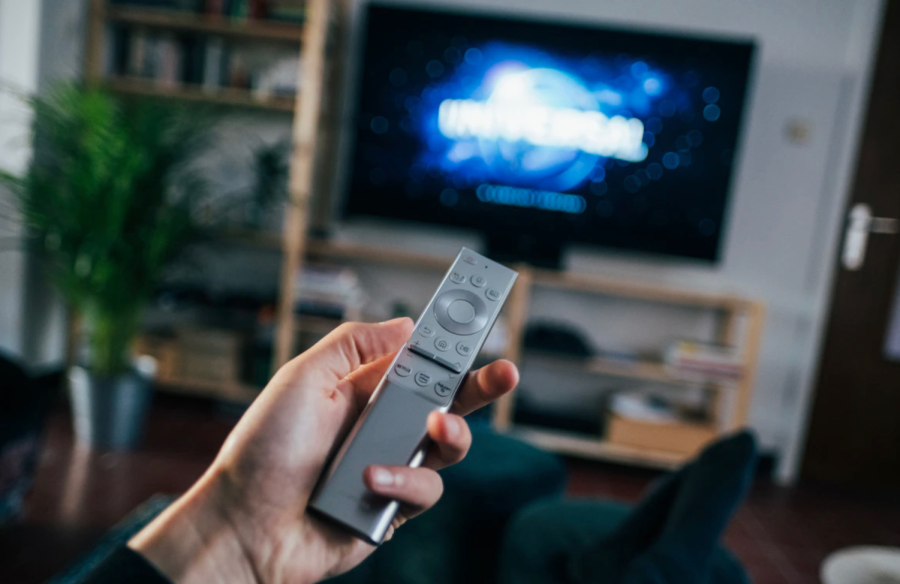
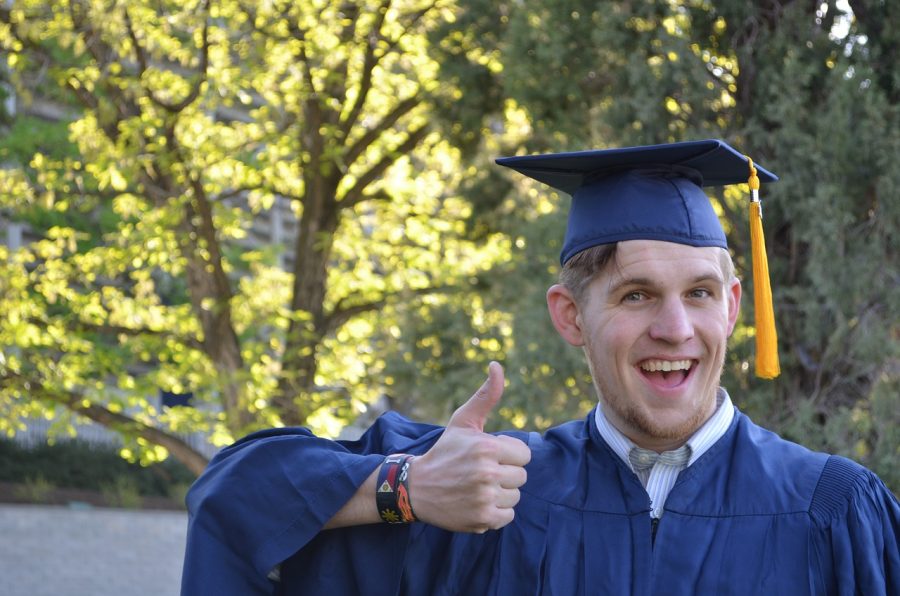
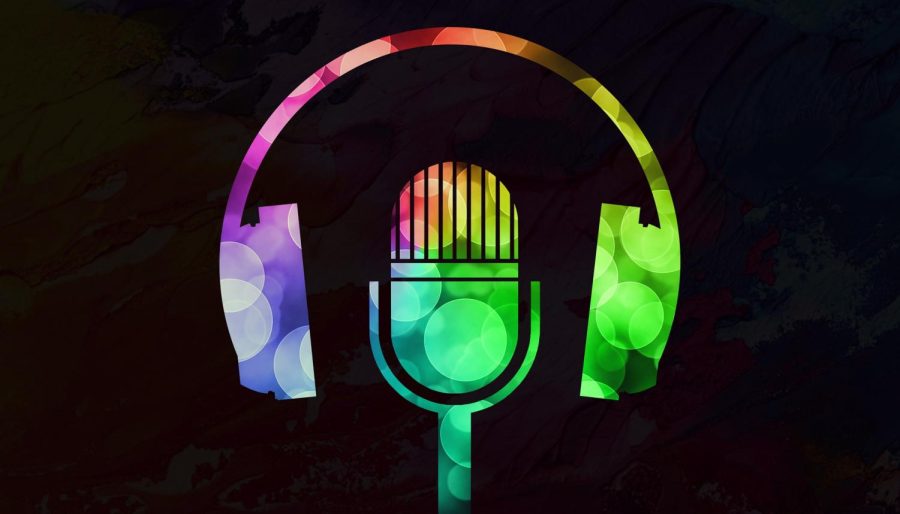
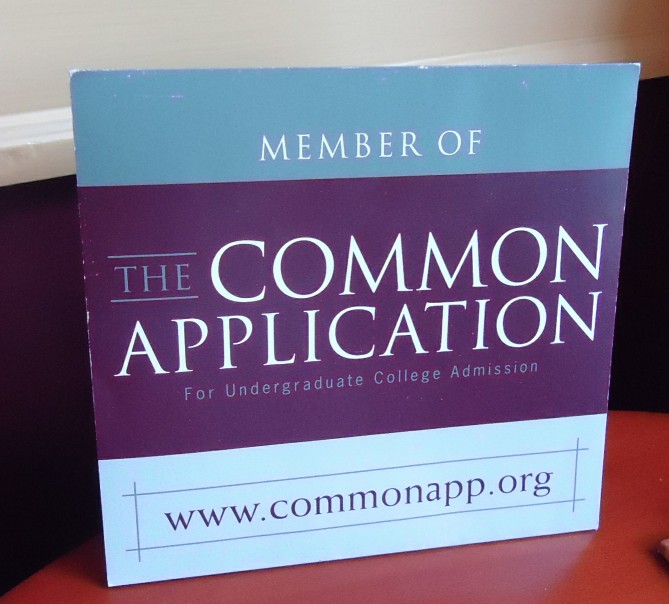


![[DEBATES] Prestigious colleges: value or hype?](https://www.mvviewer.org/wp-content/uploads/2024/12/buildings-1200x654.png)
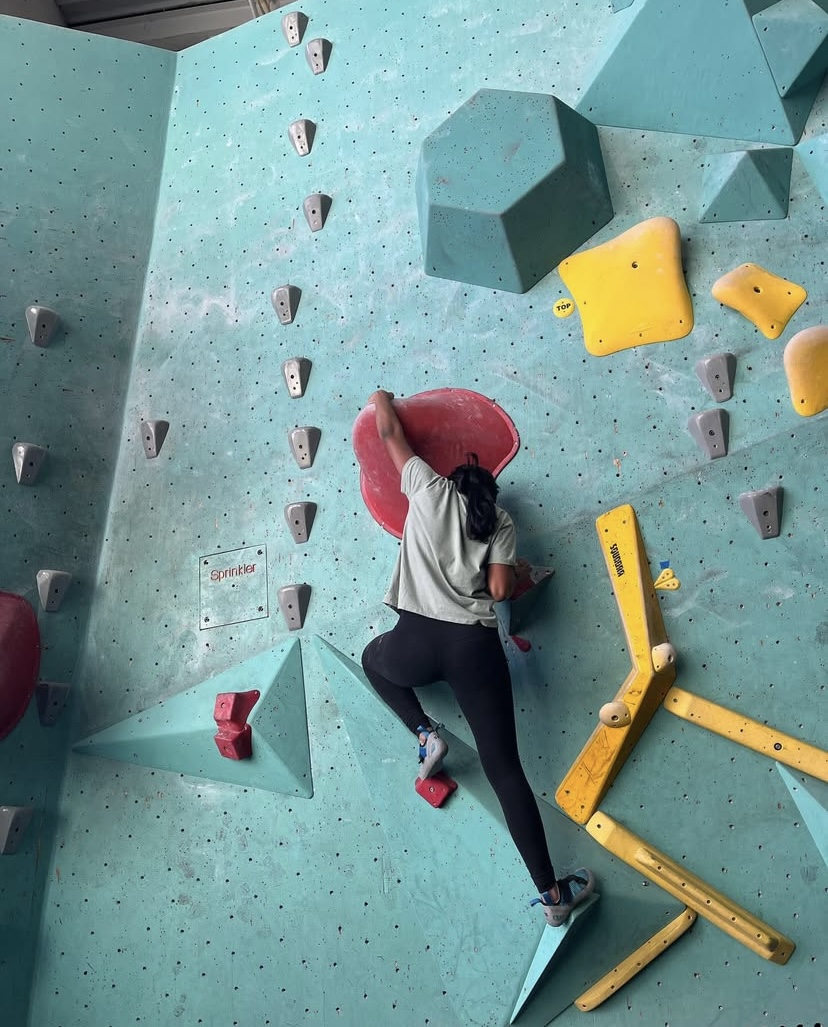
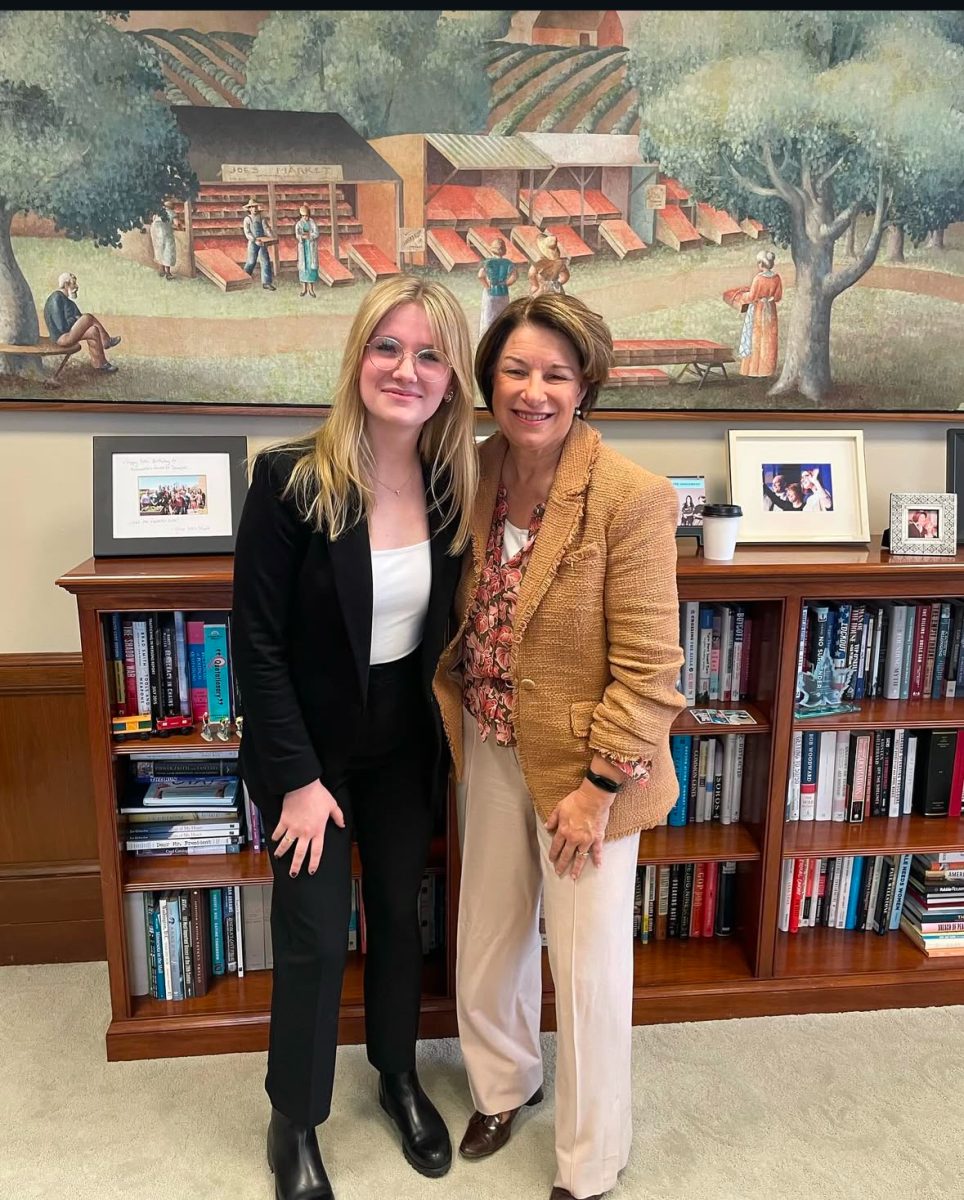
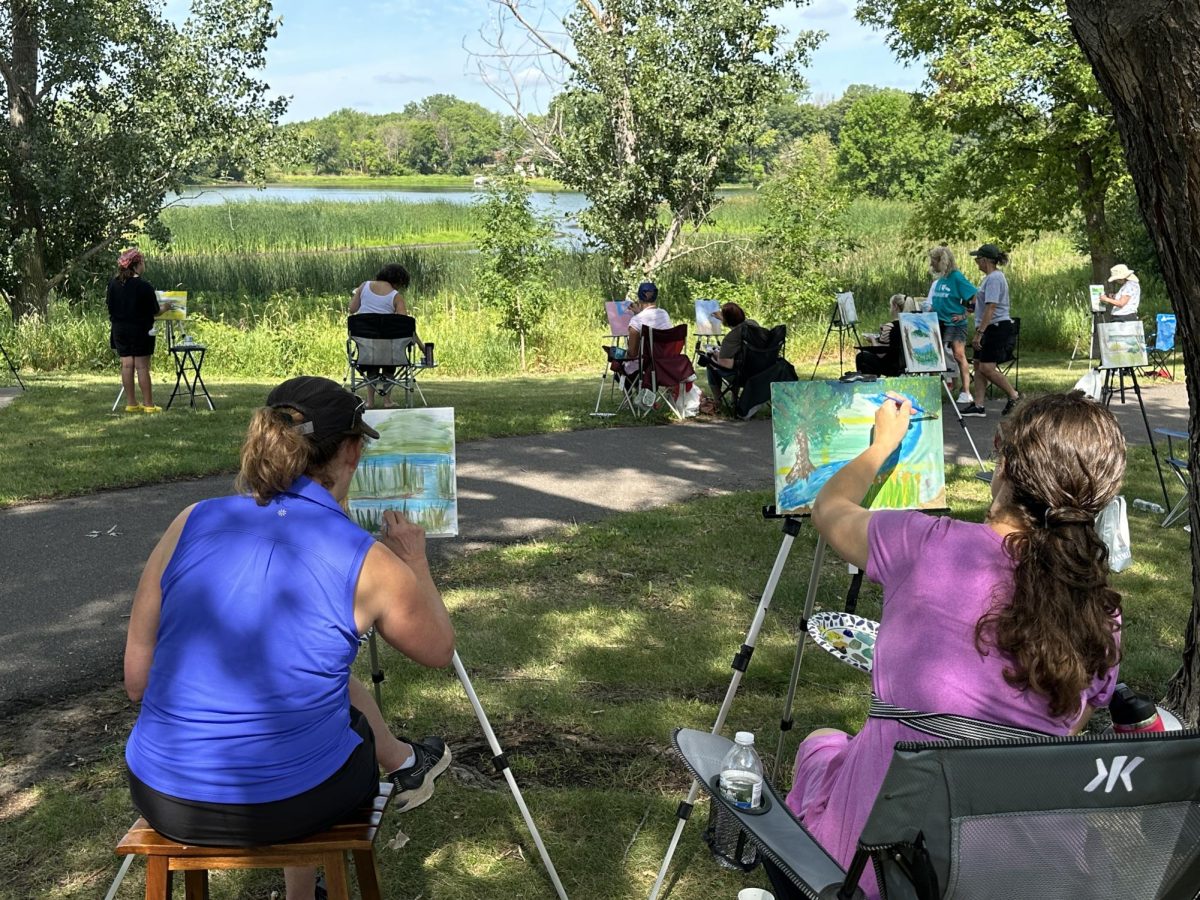
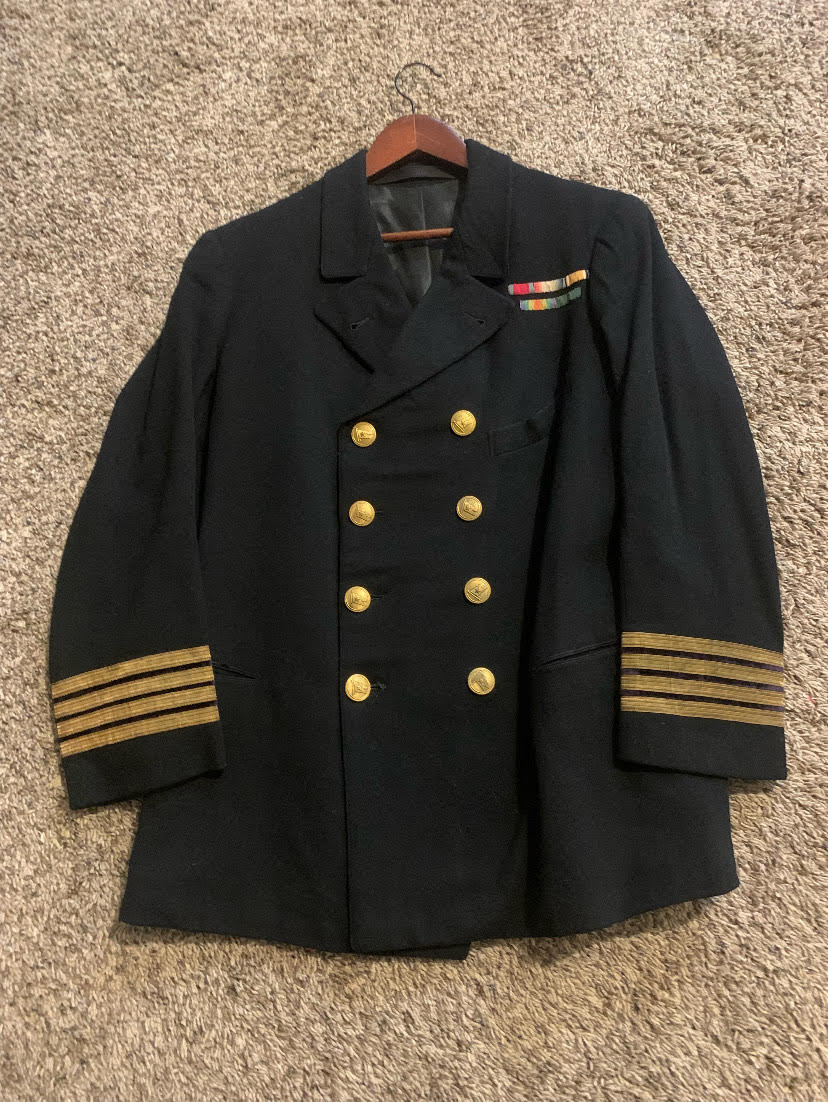
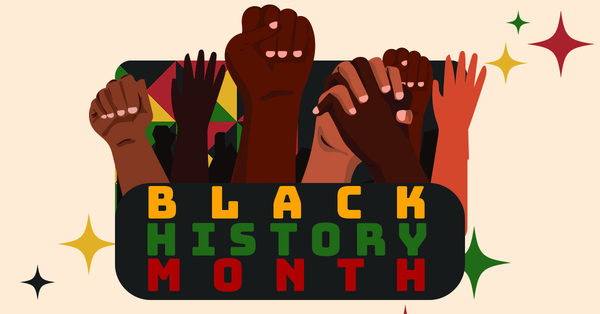
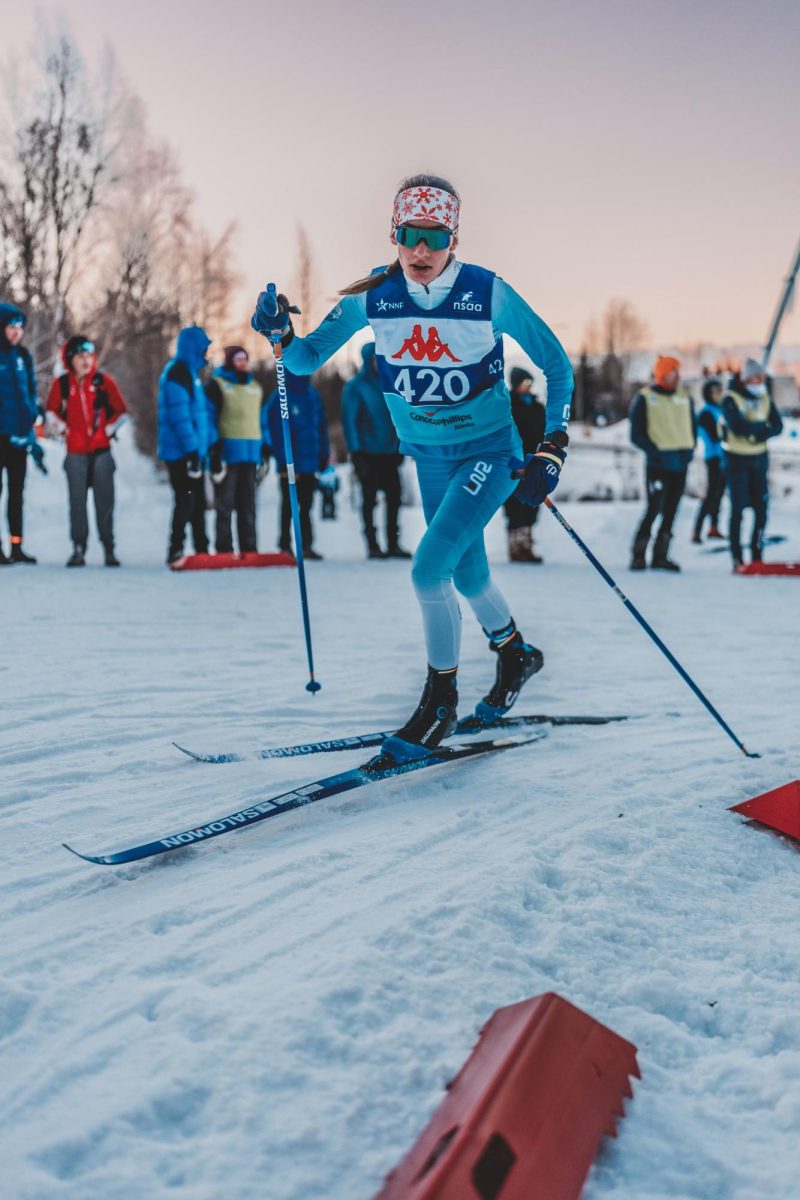

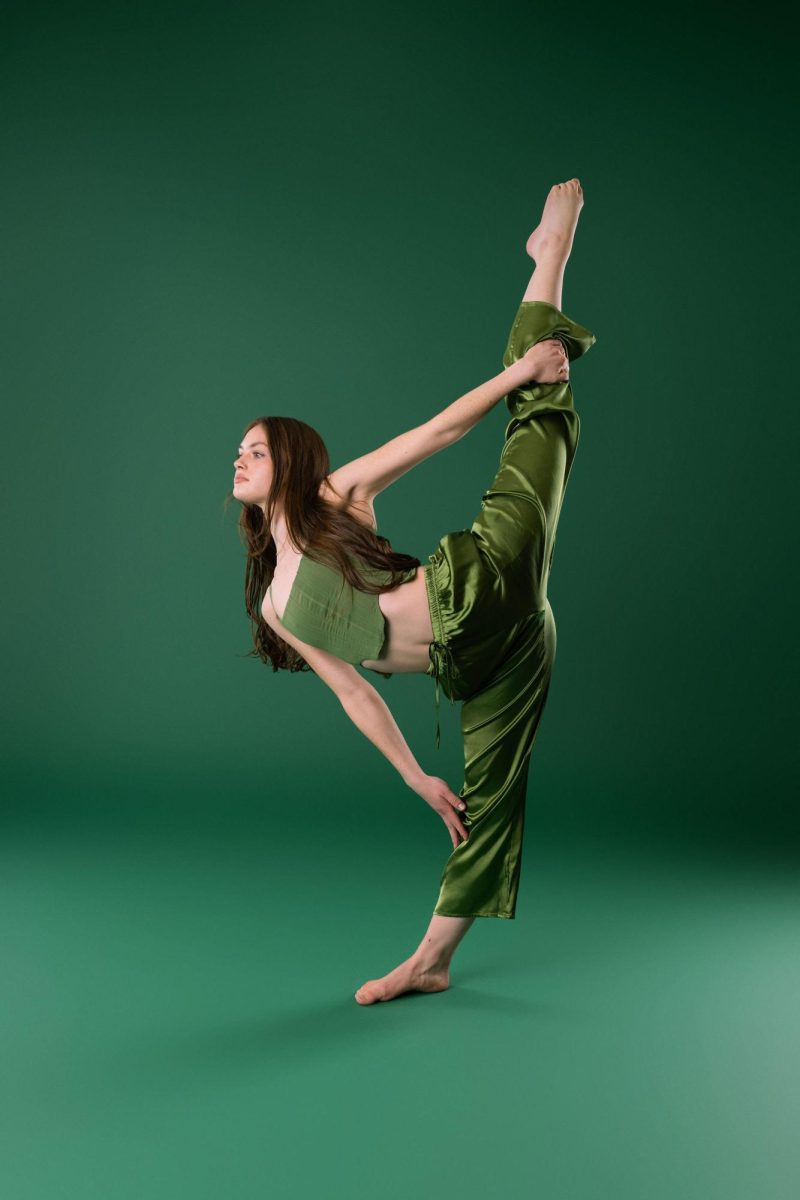
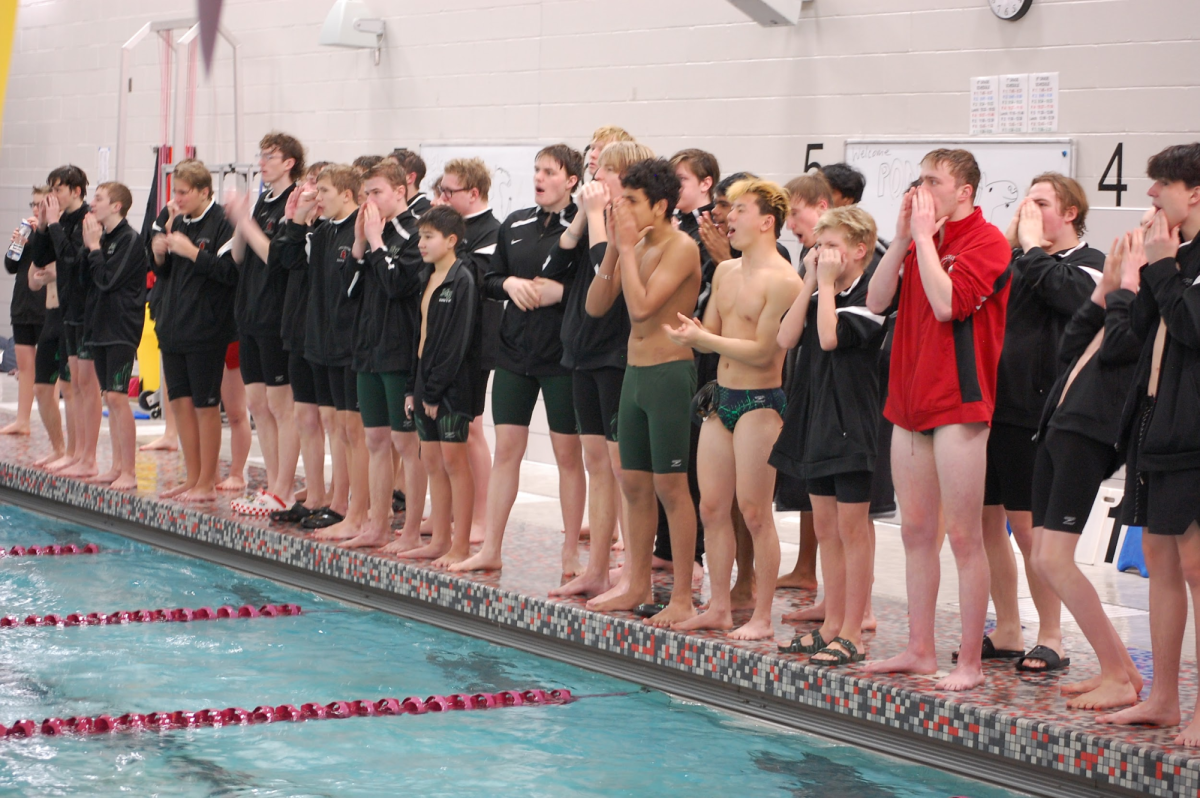
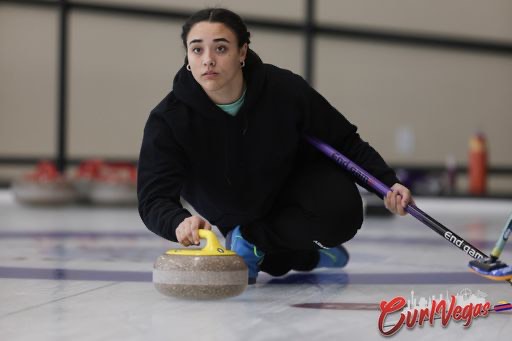

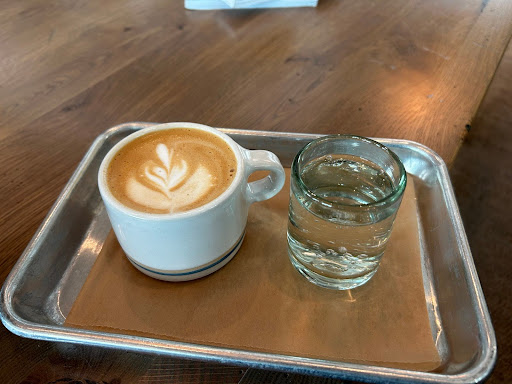
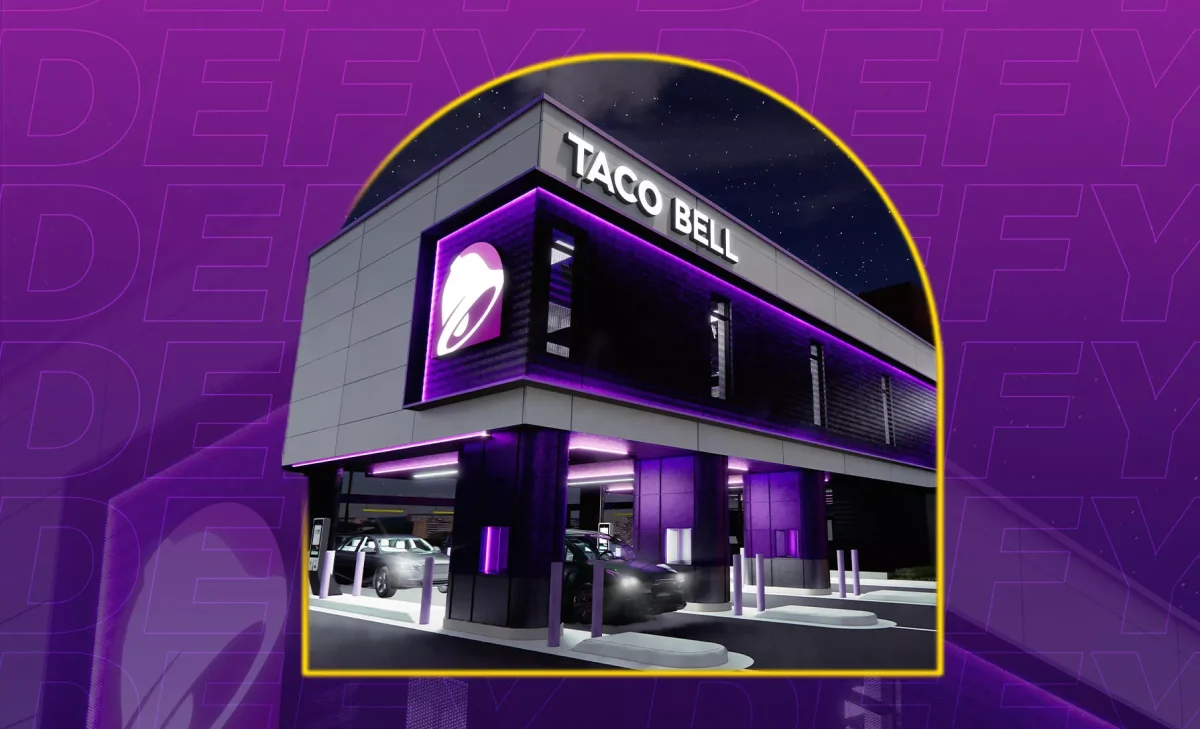
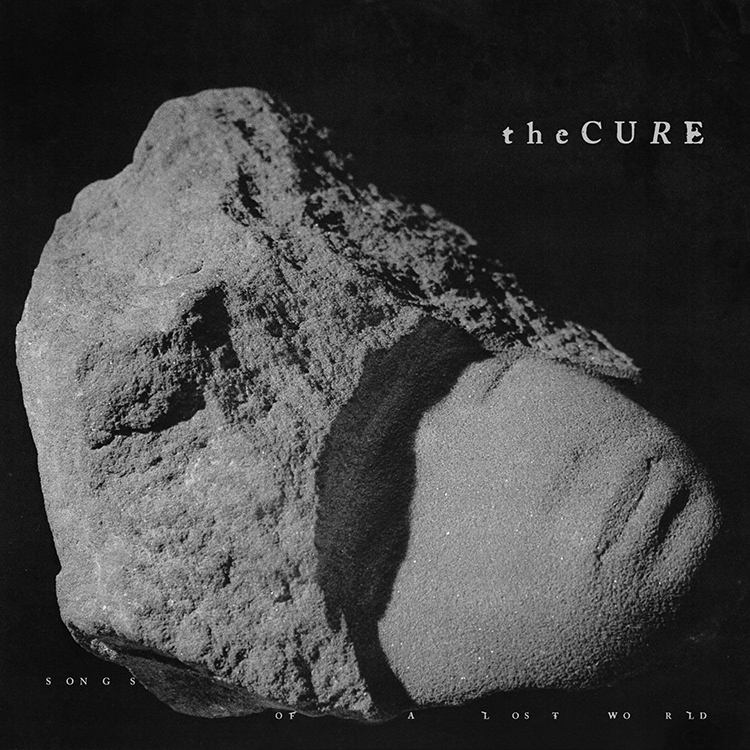
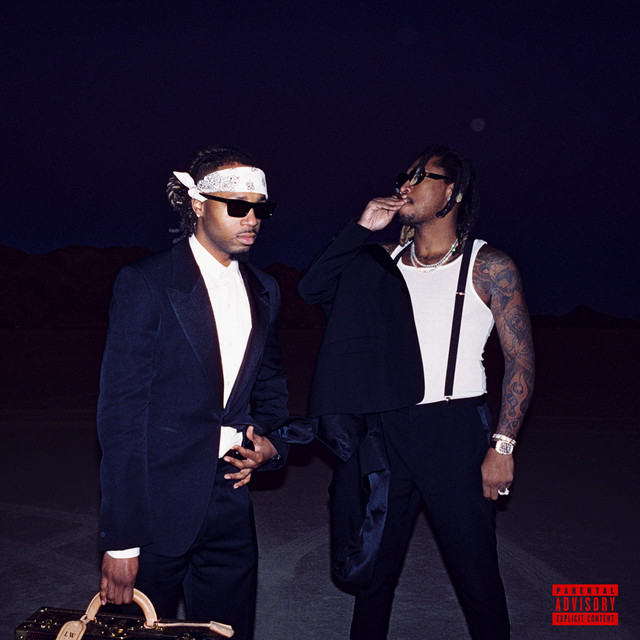
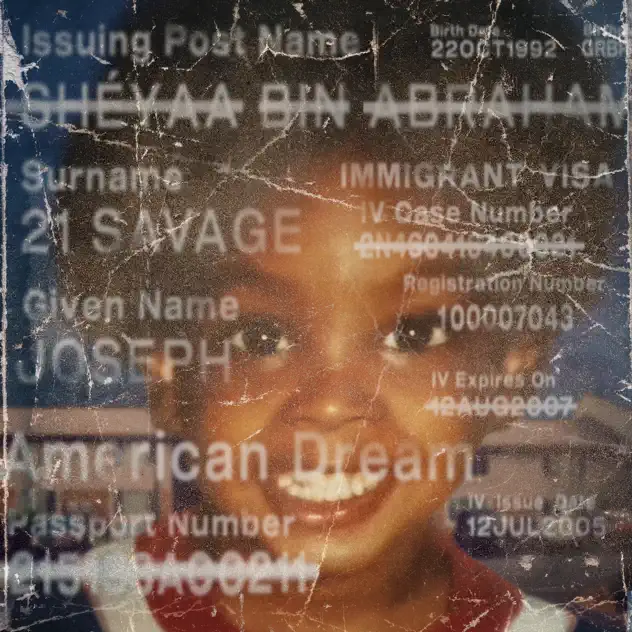
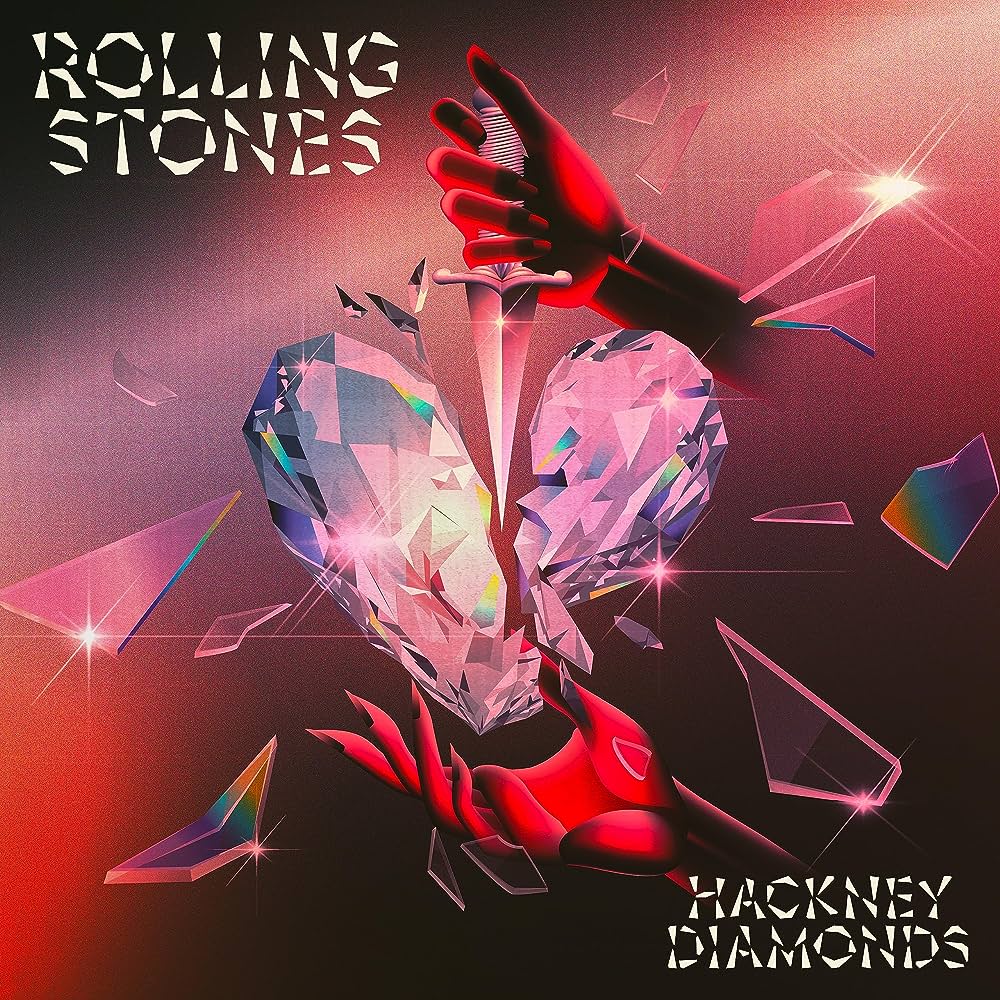
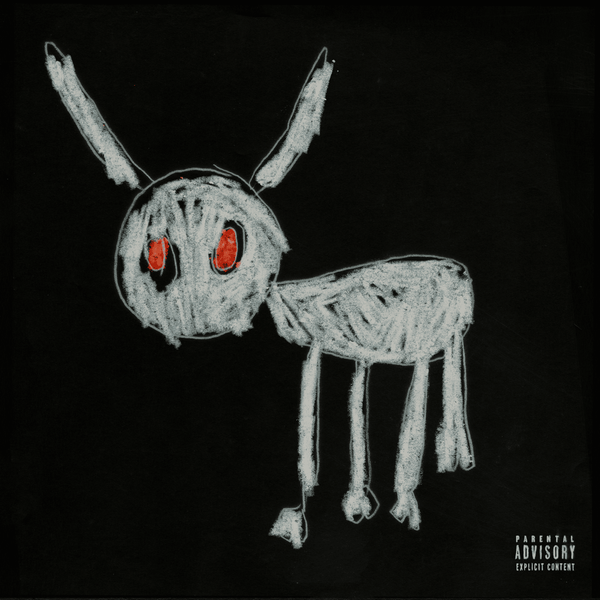
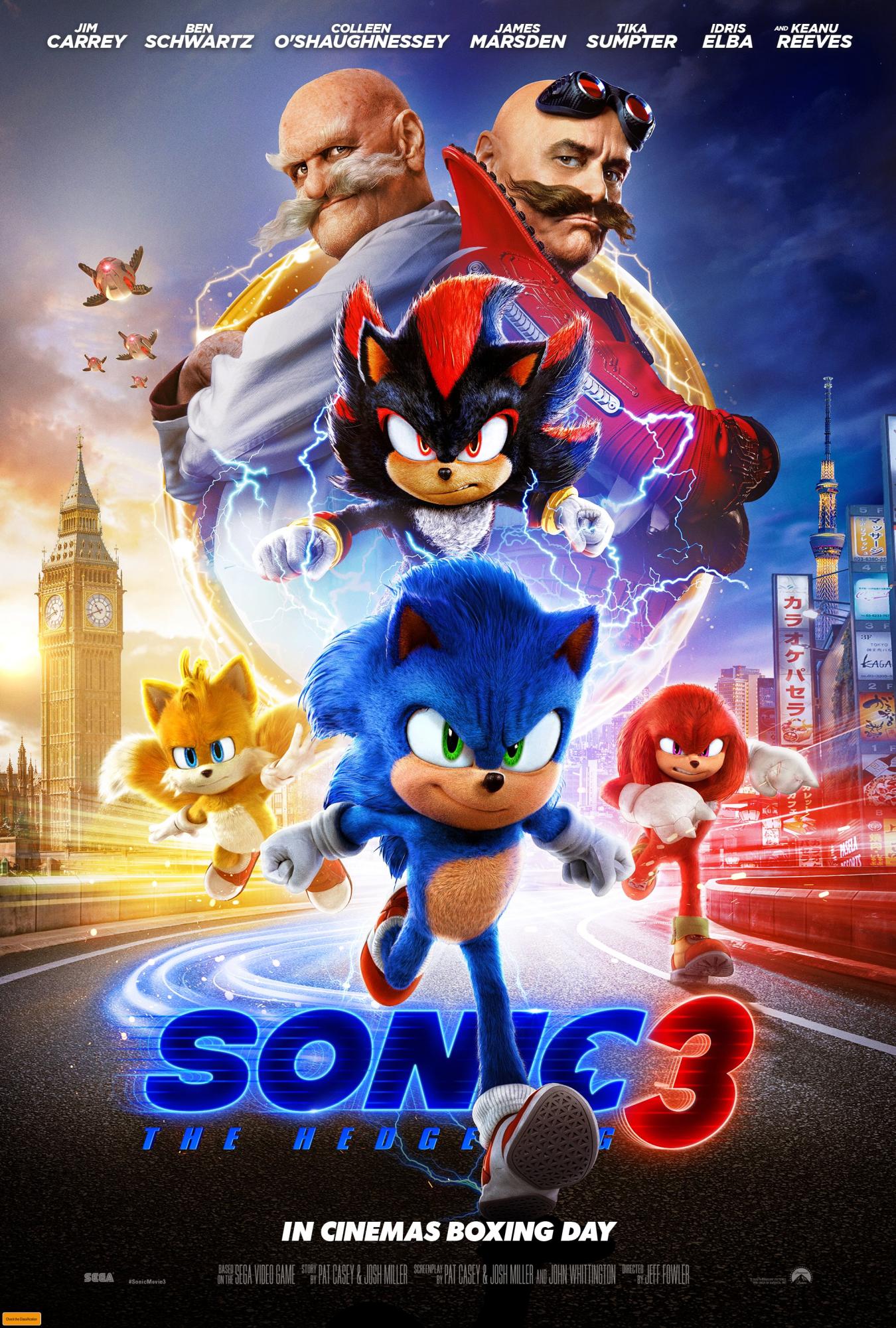

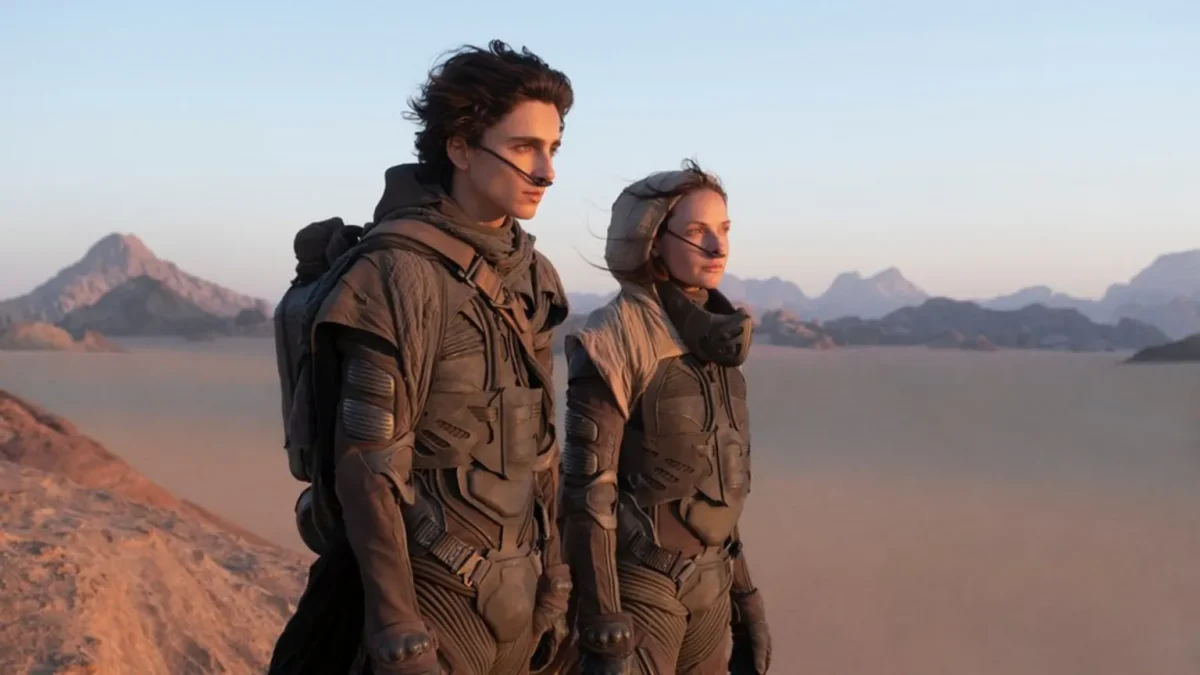
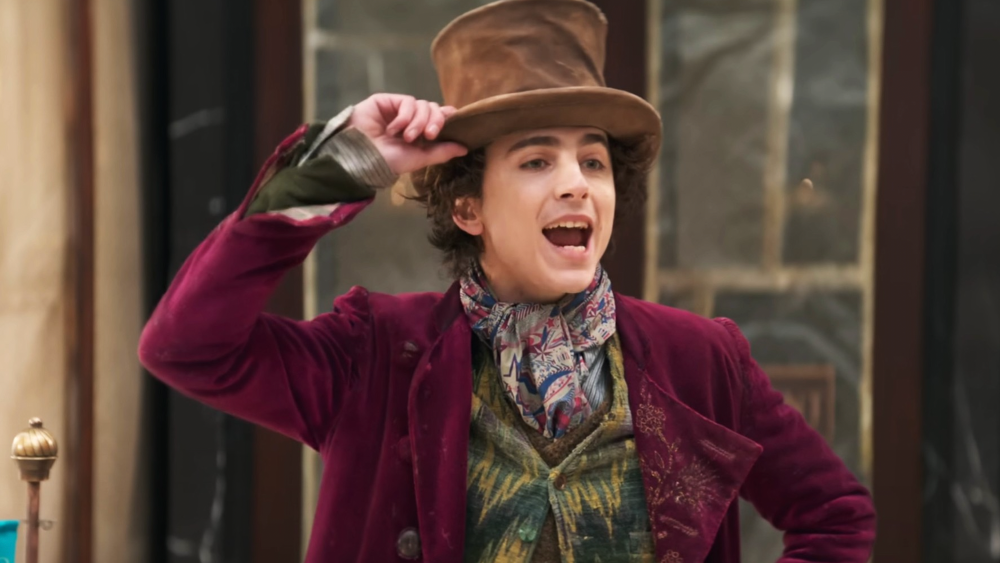
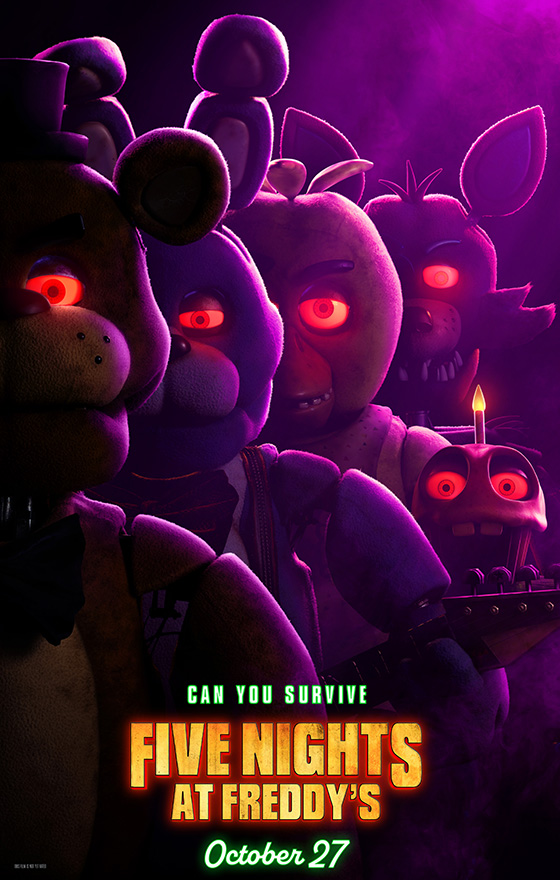

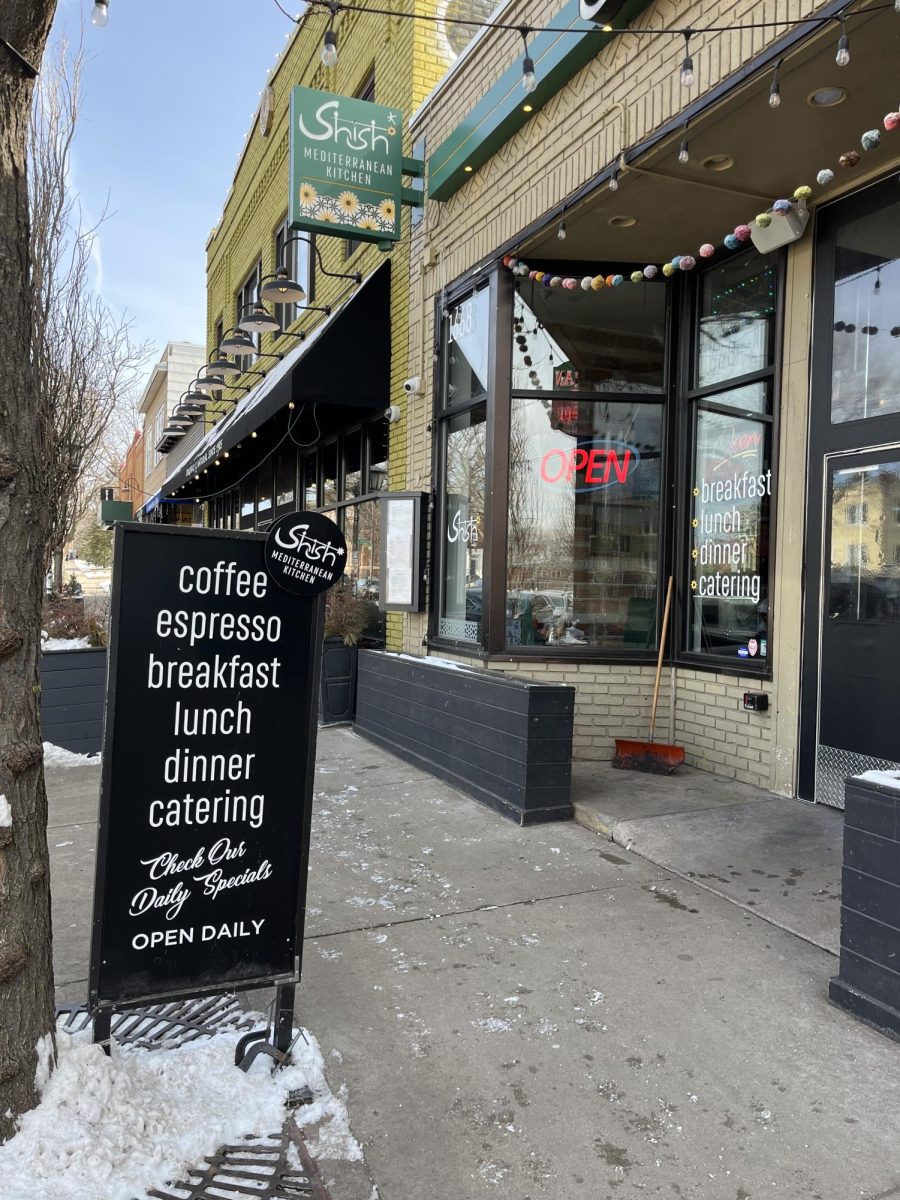

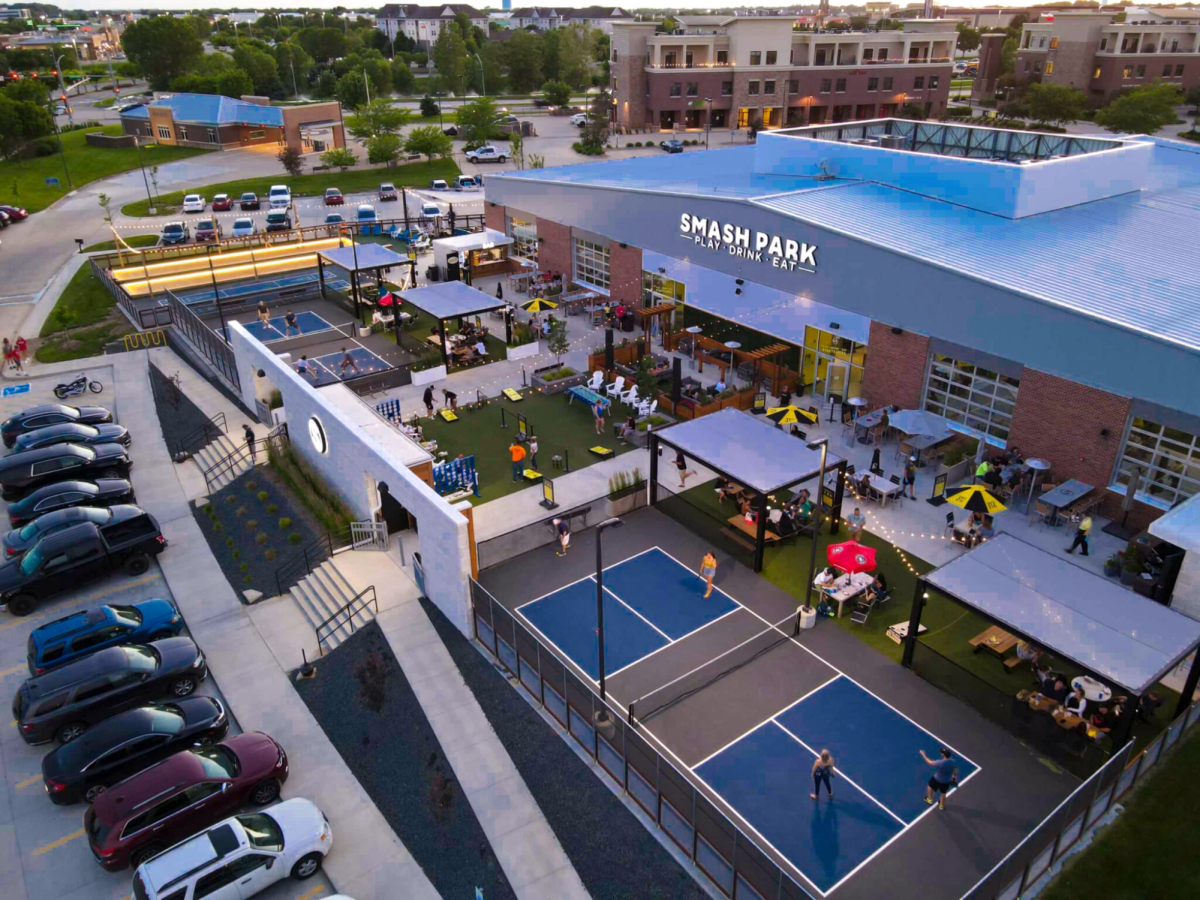


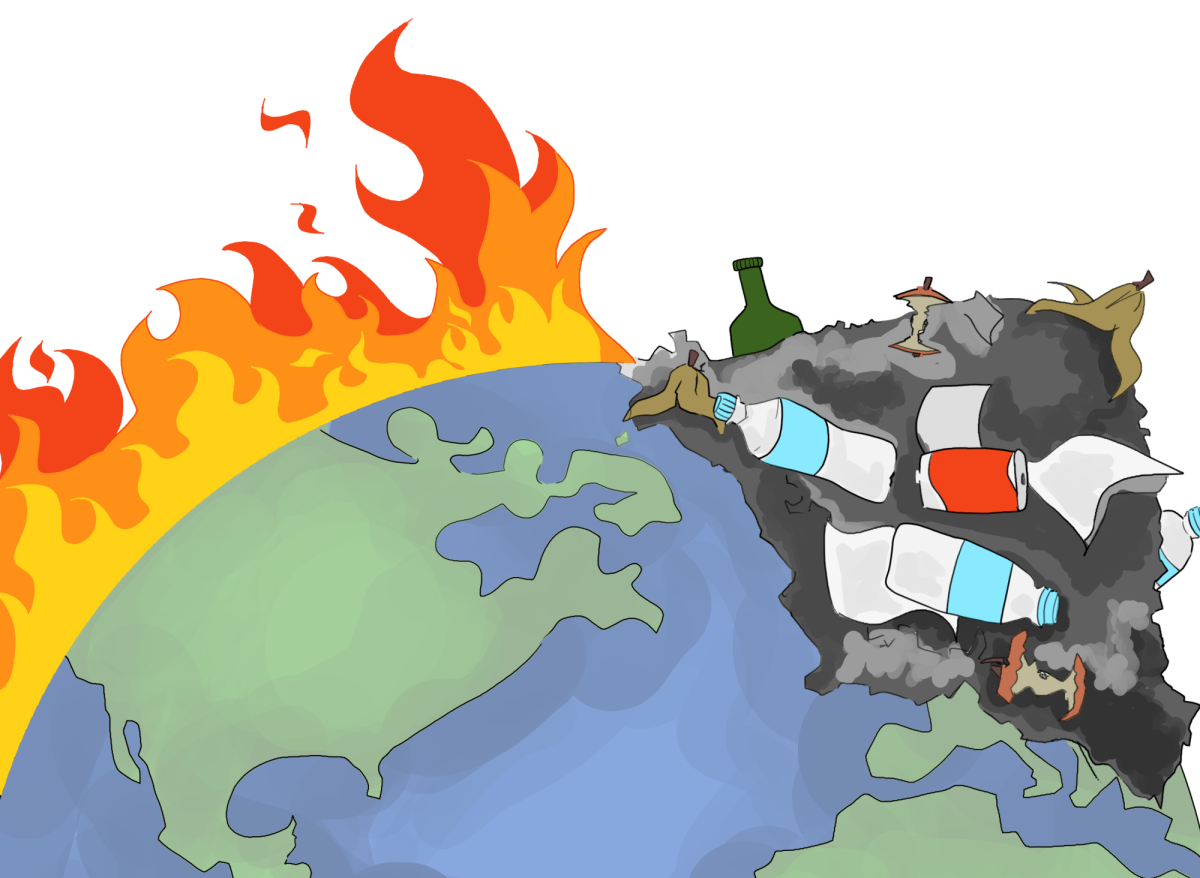


![[OPINION] The dark origins of TikTok's looksmaxxing trend](https://www.mvviewer.org/wp-content/uploads/2024/02/Copy-of-Copy-of-Untitled-Design-1200x675.png)
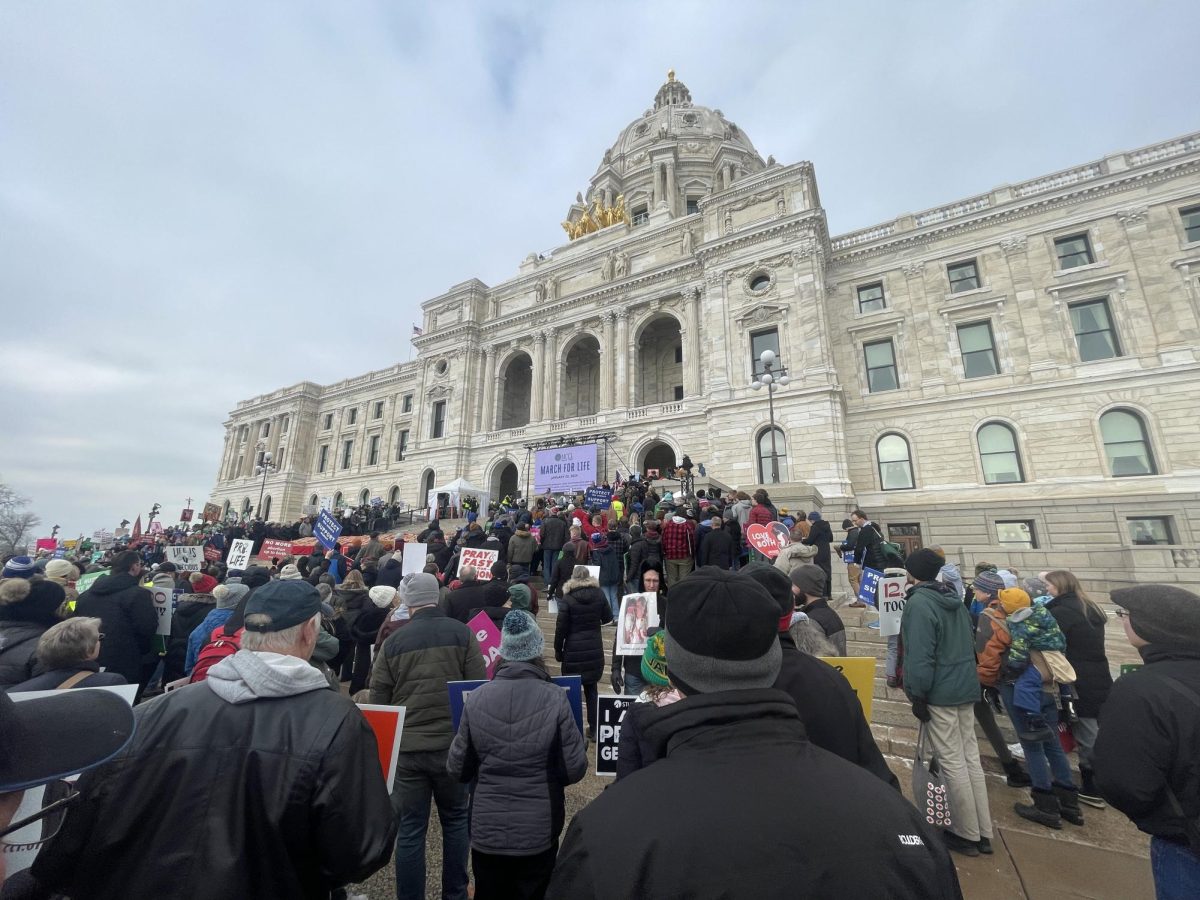

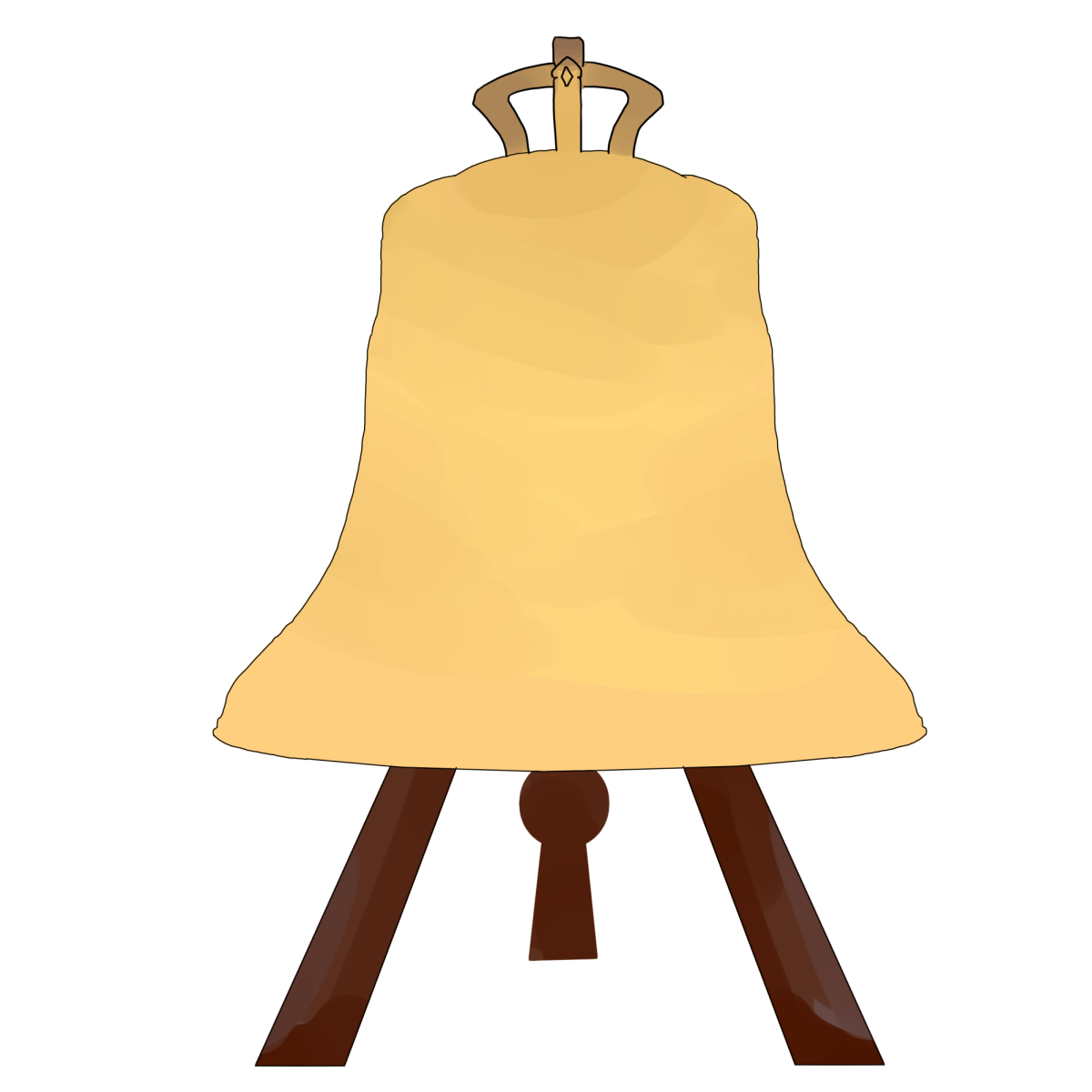
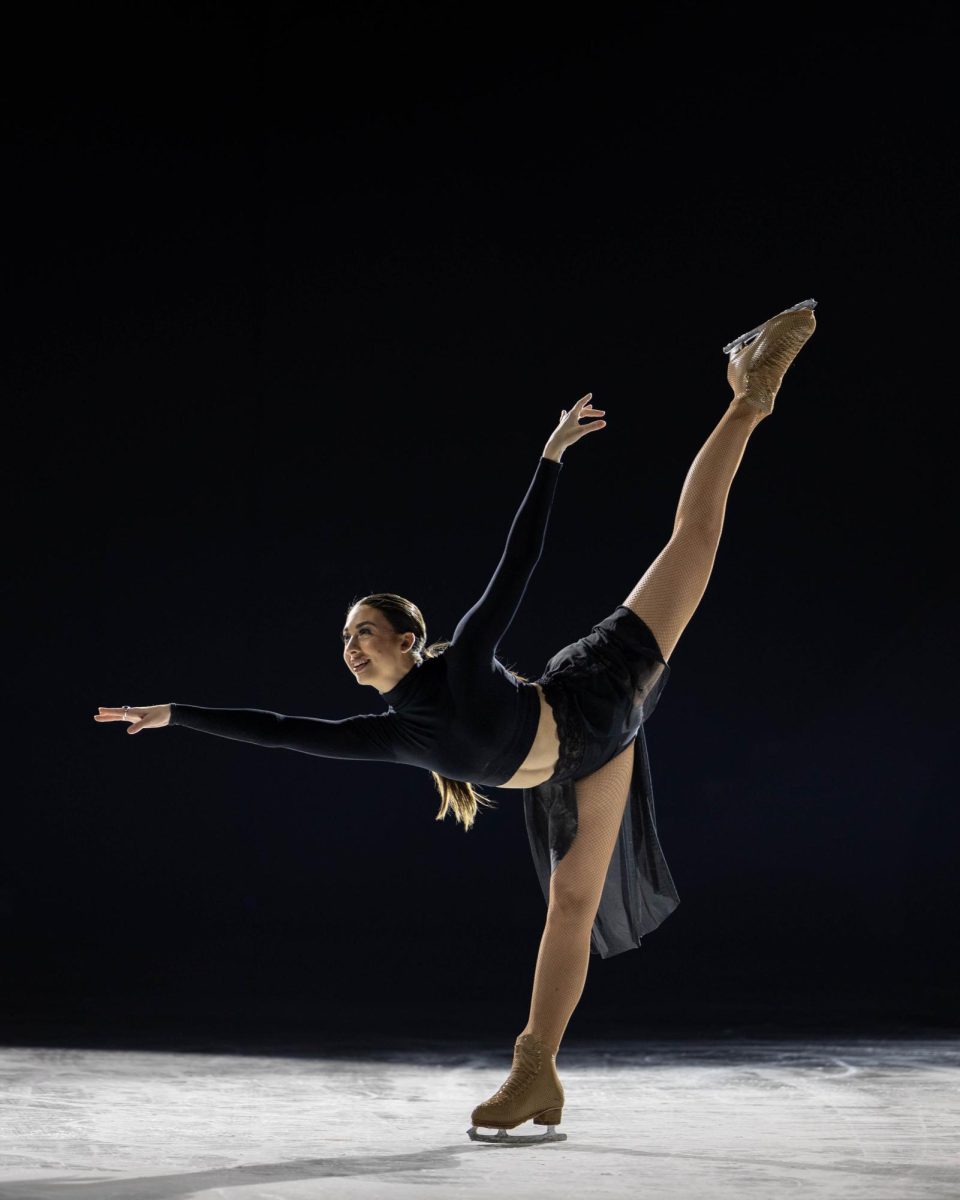
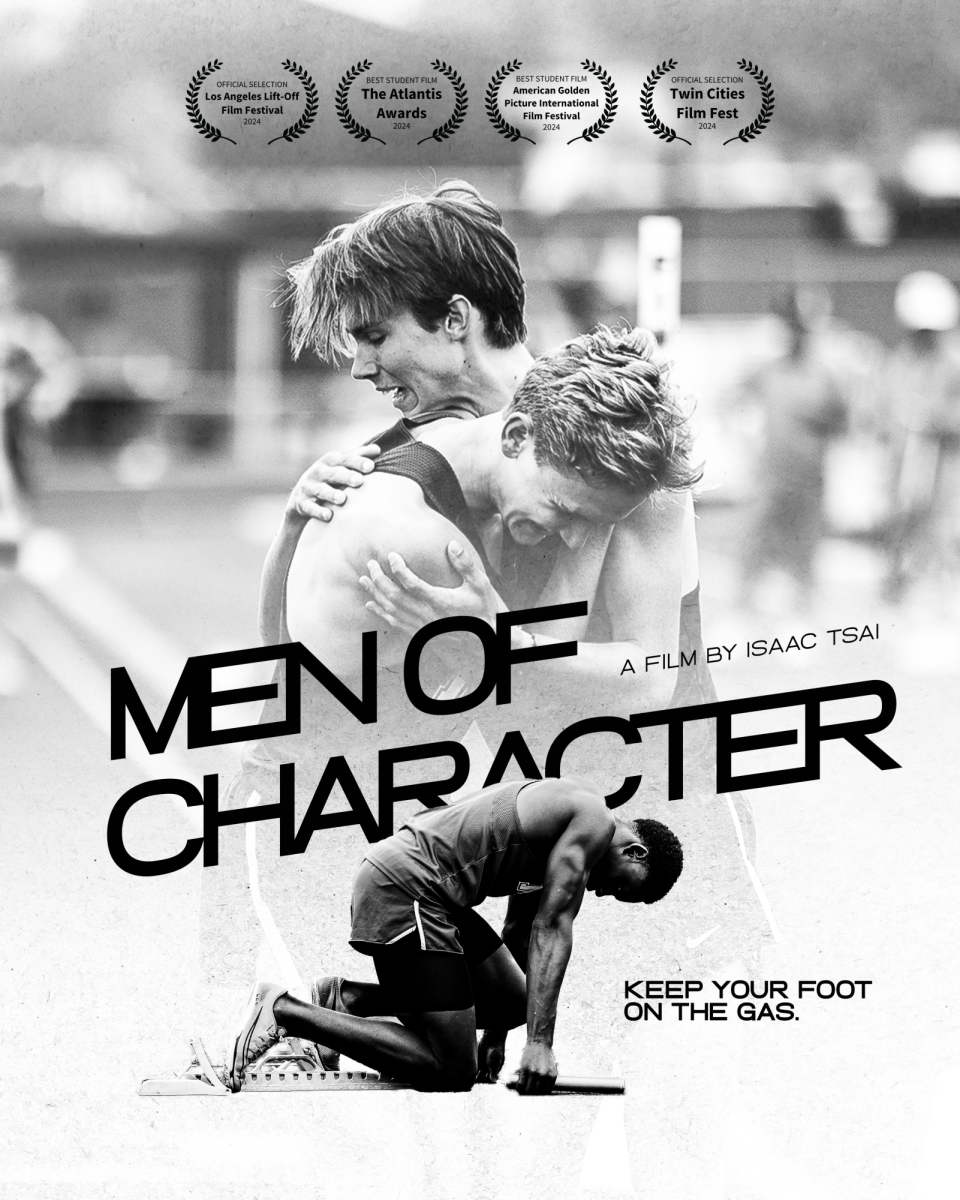
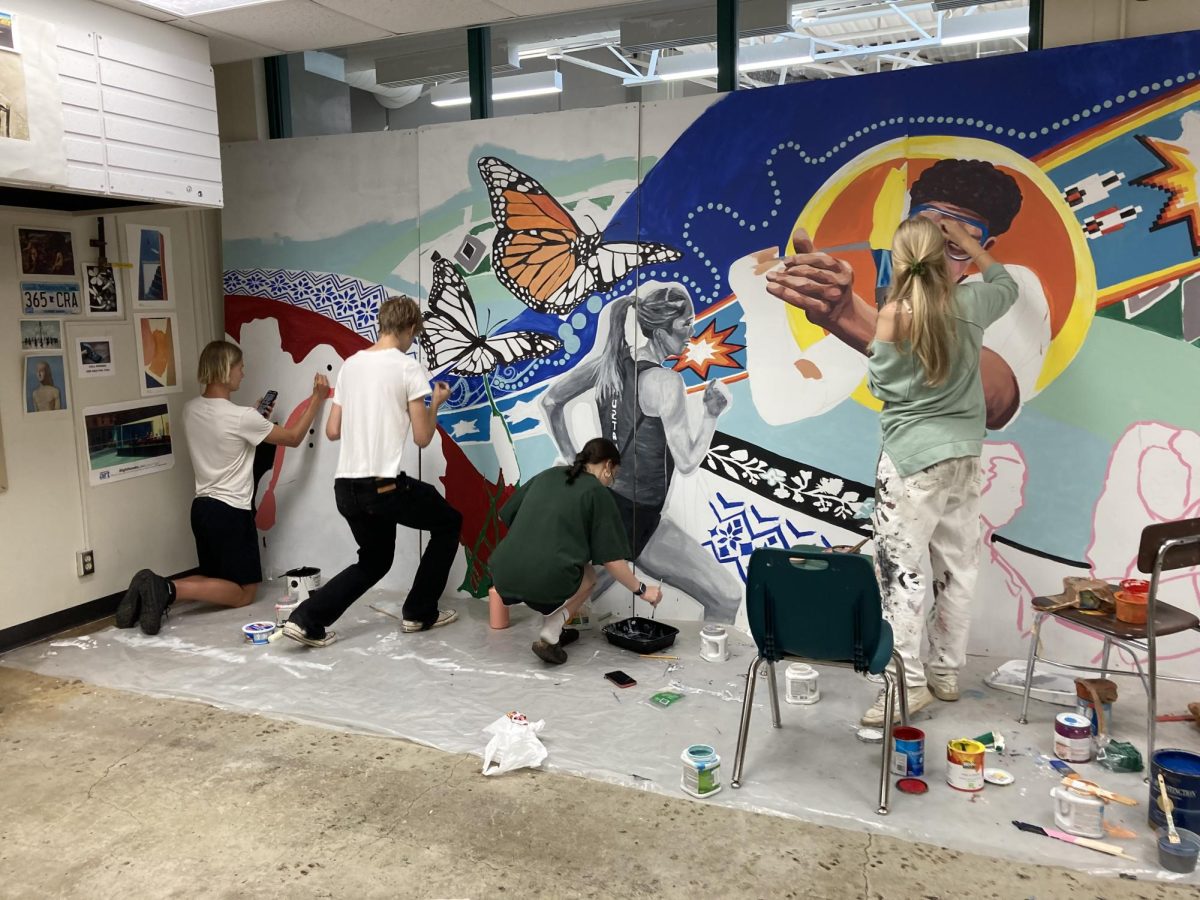
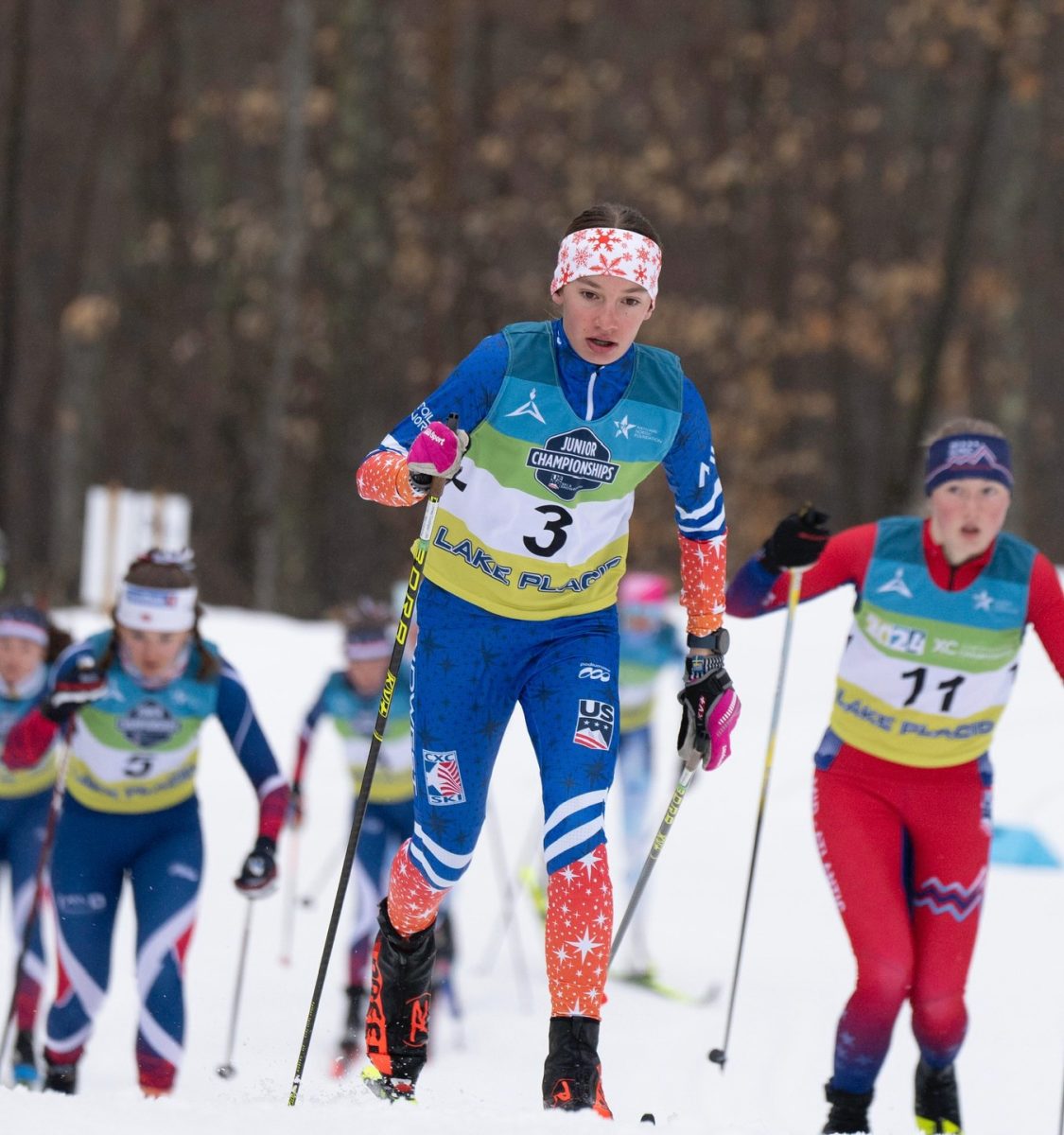

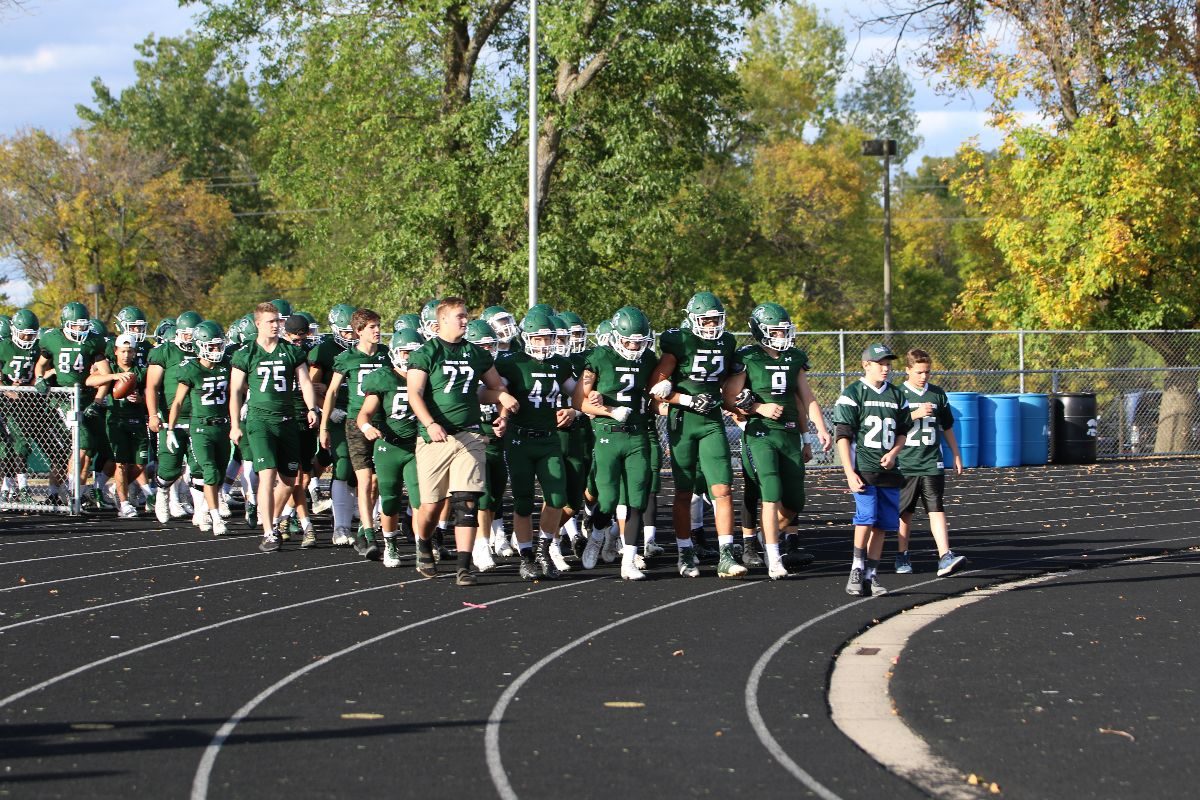



![[DEBATES] Prestigious colleges: value or hype?](https://www.mvviewer.org/wp-content/uploads/2024/12/buildings-600x327.png)
